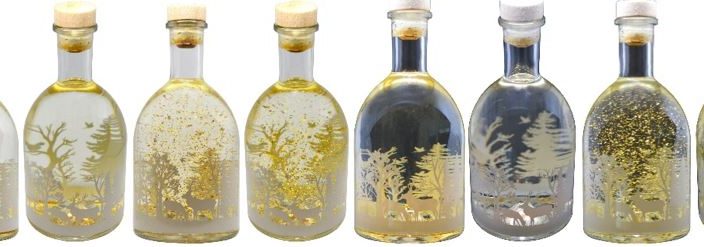Global Trends in Hydrogen IP Protection
The European Patent Office (EPO) and the International Energy Agency (IEA) recently published a joint report summarizing innovation and patent trends within the hydrogen economy.1 The report is based on global patent activity since 20012 and is intended to help governments and businesses understand which parts of the hydrogen value chain appear to be making progress and which parts may be lagging behind.3 The report dives deep into specific technologies, lists the most active applicants in select technologies, and attempts to identify the impact of different governmental programs in specific sectors, with a goal of trying to help focus future innovation efforts.
Read More



